Free Tropical Runtz seeds on orders over $150!
The light cycle may affect autoflower plant growth, ultimate yield, bud density, branch creation, and even plant height. However, gardeners should understand why plants perform best in particular light cycles and what cycles would be ideal at certain phases of plant growth! Autoflowers will bloom under any light cycle. This implies they may be cultivated under a 24/0 light cycle or even a 12/12 light schedule. Conversely, there are more elements to consider than whether or not the plants will grow!
Autoflowering seeds are cannabis that begin flowering when the plant reaches a specific growth stage. This is in contrast to photoperiod flowering, which happens after the summer solstice. Photoperiod flowering plants require at least a couple of weeks of long nights before blooming. Red wavelengths of sunlight become increasingly plentiful in late summer and early autumn. This red light contains the plant’s energy to grow intricate blooms. Blue light wavelengths are more prevalent in the spring. During vegetative development, plants rely on this blue light to thrive.
Furthermore, producers cross-breed ruderalis with popular Indica or Sativa strains to produce autoflower cannabis seeds. The latter two are photoperiod variations, whereas ruderalis begins blooming independently of light cycles. Gardeners get the best of both worlds when combined with popular Indica or Sativa strains.
Autoflowering cannabis strains blossom as they age rather than when their light cycle changes. Nonetheless, supplying the proper light to your plants is critical to ensure the highest possible harvest.
This is one of the most curious things about autos – can you grow autoflowers with 24hr light?
Many producers believe that autoflowers should be exposed to light 24 hours a day. They say it’s the optimum light cycle since plants tend to grow when given a lot of light. Technically, the plants develop better under a 24/0 light cycle because cannabis can absorb carbon dioxide during the photosynthesis process, converting it to a C3 plant. Ruderalis has also been growing in the northern hemisphere for ages. It is not rare for plants in some places to experience 24 hours of continuous sunshine; thus, autoflowers can thrive. You must remember that no matter what form of plant you cultivate – autoflowers, photoperiod – they all want rest. All plants require rest times to recuperate from any injury. Autoflowers, too, need beauty sleep to operate efficiently.
Some growers continue to use a 12/12 light cycle on their autos throughout blooming. That’s alright because autoflowers cultivated under these conditions may still provide a decent crop. Just keep in mind that buds harvested under a 12hr light cycle will be notably smaller than those harvested under 18-24hr of light. Some reasons why you should keep your autos under 12/12 include:
Cannabis is a C3 plant that can absorb CO2 for photosynthesis even during the day. C3 plants use the C3 pathway in photosynthesis to fix and degrade inorganic CO2 into organic molecules. And, because autoflowering plants have shorter vegetative periods and frequently develop shorter than photoperiod strains, you should feed your autos at least 18 hours of light. This enables rapid expansion while avoiding energy waste. Your autos enjoy light just as much as typical photoperiod strains, but they don’t need it to start blooming.
Autoflowers do not require darkness because the Ruderalis is acclimated to 24 hours of brightness, depending on the season. They may be cultivated in any light cycle if under adequate temperature conditions. Even in the wild, the Ruderalis does not require light to bloom.
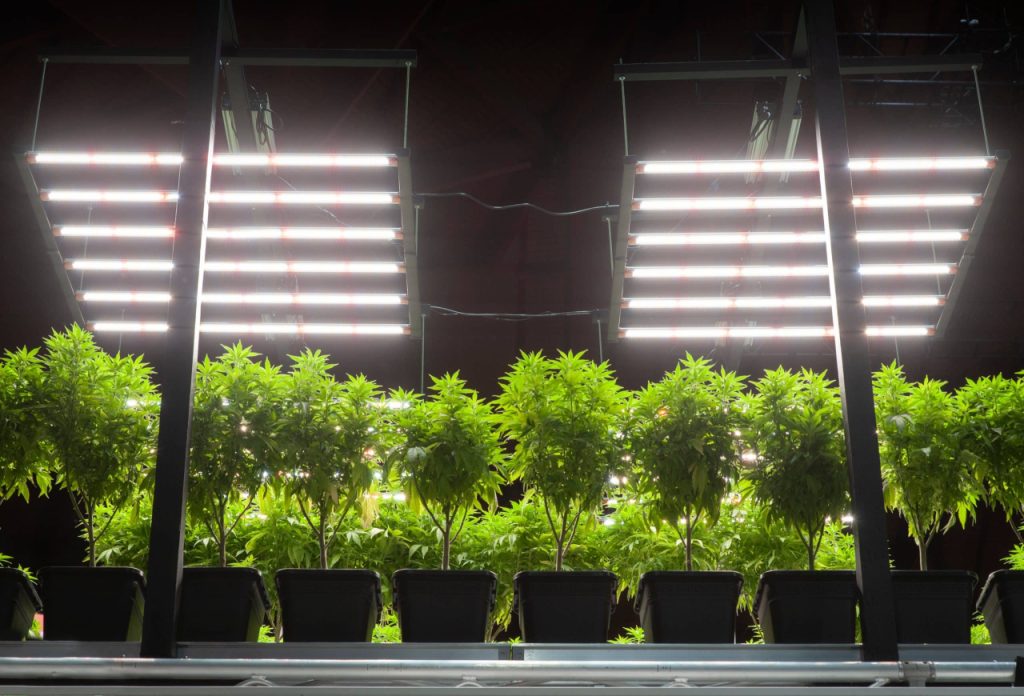
Only once the plant has reached a specific height and developed a few branches or nodes it begins to blossom. However, a 24/0 may be harsh for plants. It also offers no room for mistakes for the farmers. And because the plant does not have time to relax, it takes longer to recover.
Today’s autoflowers are durable and resistant to many illnesses, with the capacity to adapt anywhere, but they cannot be compared to plants living in the wild. Furthermore, it has been claimed that plants require at least a few hours of darkness for key metabolic activities, making an 18/6 cycle an ideal choice.
There are various methods for determining autoflower cannabis plants. The container is labeled when you buy cannabis seeds from a trustworthy seed bank. You’ll know exactly what kind of seeds you purchased. Autoflower cannabis seeds are bushier in structure and grow shorter than photoperiod strains. Many of these plants are just 2 feet tall. They develop swiftly as well. Within three months, the buds are ready for harvest. The most obvious way to know if you’re cultivating autoflowers is to observe them during the vegetative stage. If your plants start flowering independently, you’ll know they’re not photoperiod. The ultimate output is also higher with photoperiod variations, exceptionally when trained during the vegetative stage.
With so many disagreements and debates over the light cycle for indoor autoflowers, one would ask about the light cycle for plants growing outside. Some gardeners want the utmost for their plants and want to experiment. For example, they let the plants soak up the sunshine in the morning and bring them inside after the sun goes down. Doing so guarantees that the plants receive adequate light while conserving money. While this method may work for some people, it is not required. Even if you only receive 12 hours of sunshine daily, autoflowers will thrive outside.
The vegetative and blooming periods may prolong, although this does not affect production or growth. That is because sunlight is natural, and even the greatest grow lights available today cannot compete with it. Artificial lights are incredible and allow you to grow plants without sunlight, but nothing beats sunlight. Moving the plants indoors is unnecessary to acquire more light, especially if they have received enough sunlight throughout the day. Furthermore, plants may become confused if they are repeatedly exposed to diverse light sources. Thus, if you’re growing outside, let the plants cool and breathe in the fresh air, and the harvests will astound you even with only a few hours of natural light.
Sea of Green, also known as SOG, is a training method that can provide some impressive results. SOG entails growing multiple smaller plants near generating a uniform canopy that maximizes light exposure and space rather than developing your plants as much as feasible. SOG is an excellent strategy to explore with autos because it uses their tiny height. While each grower has its unique SOG strategy, most typically grow 4-16 plants per m2, depending on how big they allow each plant to develop. Experts recommend using 7-10l pots and cultivating 4-6 plants per m2, depending on the size of the strain you’re producing. This should maximize your area and illumination while allowing adequate plant ventilation to minimize mold issues. Also, use smaller pots if you prefer to grow more plants per m2 to regulate their size and prevent overwhelming your growing area.
When growing any cannabis plant, including autos, it is critical to use the proper light spectrum. Because autoflower plants have such brief life cycles, you want to provide them with the best light, nutrients, and soil possible. When light passes through a prism, it is divided into multiple color spectrums. Plants, which rely on sunlight for photosynthesis, react differently to the various spectrums. Researchers propose keeping to the following light spectrums, just like with a photoperiod cannabis strain:
Follow these basic recommendations for a greater harvest if you’re new to the world of autoflowers:
Utilize LST: Only use low-stress approaches to train your autoflowering cannabis plants. High-stress tactics like fimming, topping, and supercropping will ultimately cause more harm than good.
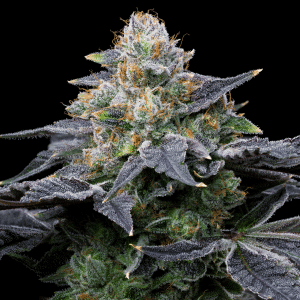
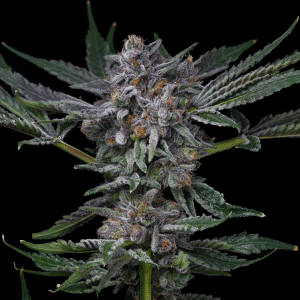
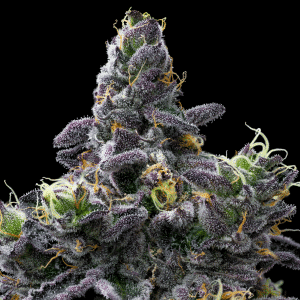
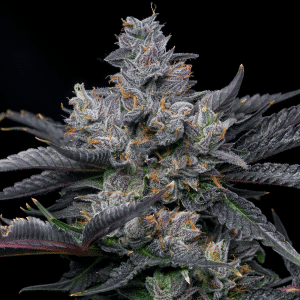
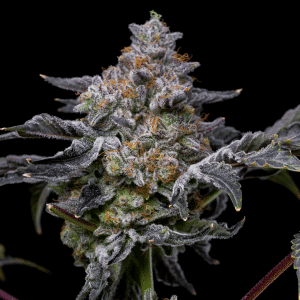
Offers
This product is not for use by or sale to persons under the age of 18. This product should be used only as directed on the label. It should not be used if you are pregnant or nursing. Consult with a physician before use if you have a serious medical condition or use prescription medications. A doctor’s advice should be sought before using any hemp products. All trademarks and copyrights are property of their respective owners and not affiliated with nor do they endorse this product. These statements have not been evaluated by the FDA. This product is not intended to diagnose, treat, cure or prevent any disease. By using this site you agree to follow the Privacy Policy and all Terms & Conditions printed on this site. All products contain less than 0.3% Cannabinoid-compliant with applicable Federal Laws. Please make yourself aware of any and all applicable laws regarding hemp in your jurisdiction. Premium Cultivars accepts no liability or responsibility regarding germination laws in any specific locale state or national jurisdictions.THCA products are not available for shipment to the following states: Hawaii, Idaho, Minnesota, Oregon, Rhode Island, Utah, Vermont *Note: Products with Total THC content above 0.3% must not be shipped to these states.
We want to help you get your hands on the seeds you want, take 20% off your next purchase when you enter your email below!
We want to help you get your hands on the seeds you want, take 20% off your next purchase when you enter your email below!